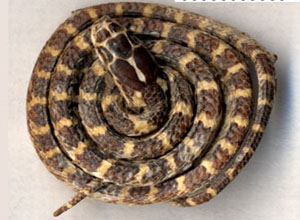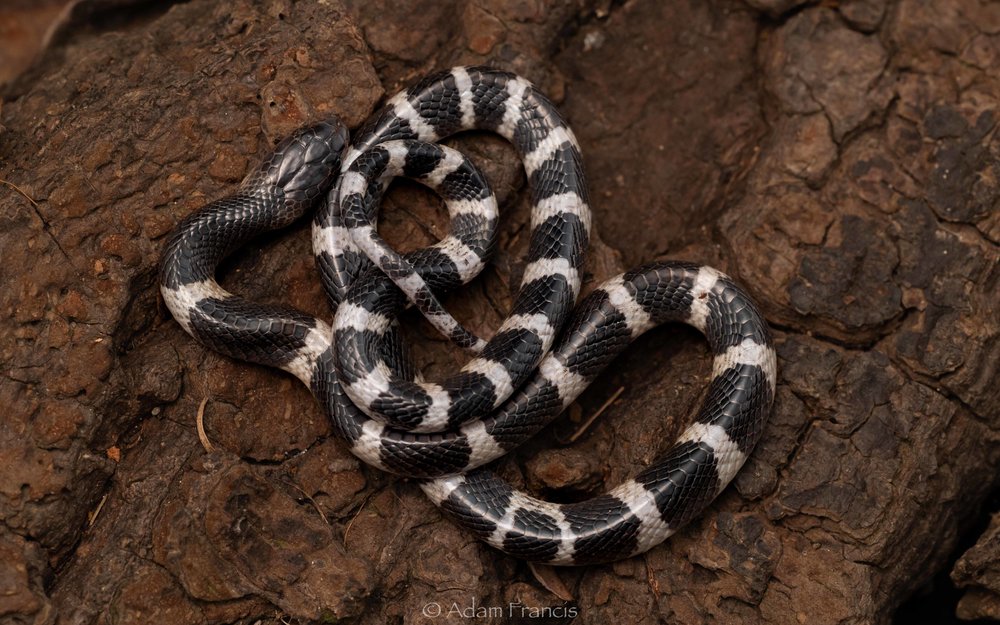- Joint pain, weakness and stiffness due
to Wind Dampness, with
Notopterygium incisum-
Qiang huo,
Ledebouriella divaricata-
Fang feng and
Gentiana macrophylla-
Qin jiao.
[2]
- Chronic rashes, with
Angelica polymorpha-
Dang gui,
Polygonum multiflorum- He
shou wu and
Paeonia lactiflora- Bai shao.
[2]
- Facial paralysis, aphasia, and hemiplegia due to Wind stroke as a medicinal
wine, also with
Mesobuthus martensii-
Quan xie,
Angelica polymorpha- Dang
gui.
[2]
[1] A Complete English Dictionary of Medicinal Terms in Chinese Acupuncture and
Herbalism 1981- Henry Lu Chinese Foundations of Natural Health- The Academy of
Oriental Heritage, Vancouver, Canada.
[2] Chinese Herbal Medicine Materia Medica- Dan Bensky and Andrew Gamble- Eastland
Press 1986 Seattle Washington ISBN 0-939616-15-7
Images
1.
tcmwiki.com
2.
hongkongsnakeid.com Agkistrodon
acutus 白
花 蛇
Bái huā shé, 蘄 蛇
Qi she Long
nosed pit viper
Agkistrodon
acutus 白
花 蛇
Bái huā shé, 蘄 蛇
Qi she Long
nosed pit viper